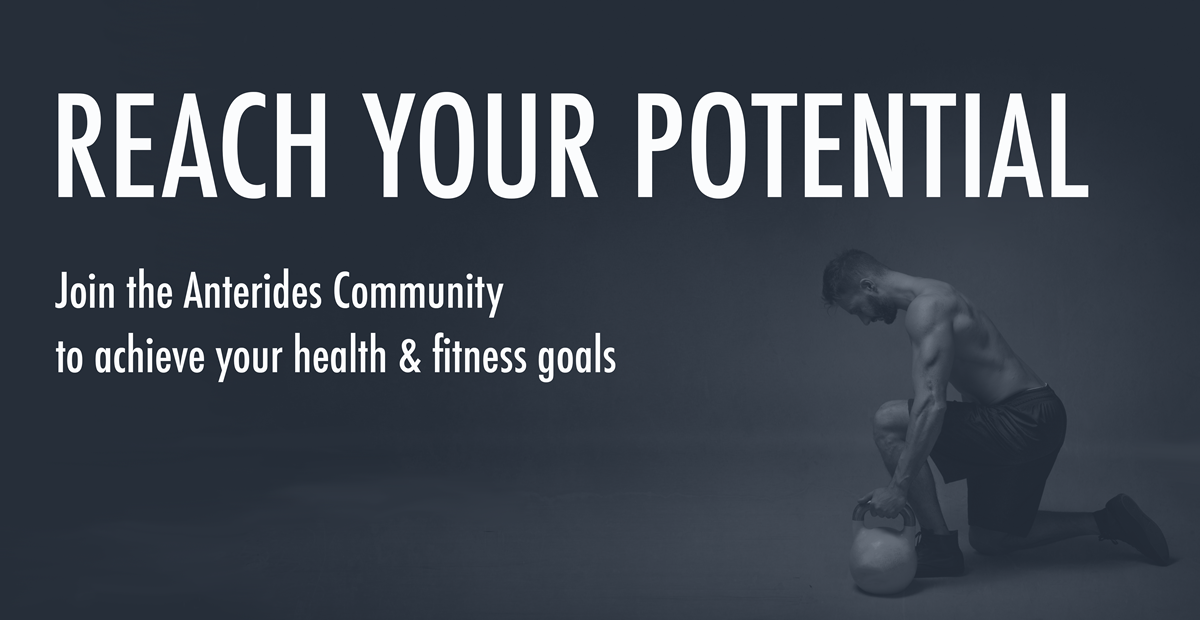WHAT IS TEMPO TRAINING?
Posted: 04/12/2020 by Steven Lokwan Ph.D.

When it comes to resistance training most people are familiar with the common parameters of exercise prescription ‘exercise selection’, ‘sets’, ‘reps’, ‘rest’, ‘load’ and ‘frequency’; all of which are used to great effect to vary the intensity and challenge. However, whilst for some adding ‘more’ of any of these parameters is a viable way to achieve progressive overload there does come a time when you can’t keep this up owing to the sheer amount of time required (20 sets of anything will take an age), the onset of boredom (performing 30-40 reps can be tedious) or the biomechanical limitations (there is a maximum load your muscles and connective tissue can take, and no amount of training will change that).
This is where another lesser-known exercise parameter - Tempo Training - can come in, but you don’t actually have to wait until you’ve reached the limit of the other variables to use it. Tempo training focuses on the amount of time you place a muscle under tension by varying the speed at which you move the load through the full range of motion. Whilst tempo training offers the same benefits as other exercise parameters for building muscle and increasing strength, it does provide some additional benefits too:
- It helps to improve technique since by performing an exercise at a slower rate you have greater control, which in turn helps to develop a greater sense of body awareness and improved stability.
- The slower controlled movement of tempo training focuses more tension on your muscles compared to bouncy and ballistic movements and therefore places greater emphasis on connective tissue such as your tendons – though it strengthens this tissue too by virtue of the fact that you are also placing it under tension for a greater period.
- It allows you to focus on targeting weaker muscles, which are often overpowered by the stronger ones when performing a lift quickly.
- It is ‘the’ technique to use to develop your eccentric strength, which is most effective at promoting an increase in muscle size (muscular hypertrophy) and for preventing injury by virtue of you increasing the resilience of your muscle and connective tissue.
Given these benefits, you may be wondering why you haven’t incorporated this technique into your training sooner, but before you get started, there are a few things you need to know.
UNDERSTAND HOW TEMPO IS REPRESENTED
For tempo training, all lifts are divided into four components, each of which is represented by an amount of time in seconds.
3 | 0 | 1 | 0
- 1st NUMBER: represents the eccentric movement, namely the lowering portion of the lift where the target muscle lengthens (e.g. the downward phase of the Barbell Back Squat where your quadriceps (among other muscles) lengthen as you lower the bar).
- 2nd NUMBER: represents a pause between the eccentric and concentric portions of the lift where the target muscle is maximally stretched (e.g. the lowest point of the Barbell Back Squat). It is not uncommon to assign 0 seconds to this part of the lift, but if training for muscular strength you could prescribe a longer pause.
- 3rd NUMBER: represents the concentric movement, namely the lifting portion of the lift where the target muscle shortens (e.g. the upward phase of the Barbell Back Squat where your quadriceps (again, among other muscles) shorten to raise the bar).
- 4th NUMBER: represents another pause, but this time at the top of the lift between the concentric and eccentric of the lift where the target muscle is maximally contracted (e.g. in the Barbell Back Squat you will be standing tall just before you lower the bar for the next rep). This number is also often assigned 0 seconds, but a notable exception to this are pulling exercises, such as rows.
Often a point of confusion is the fact that that not all exercises start with the eccentric portion of the lift; for example, the Barbell Curl and Pull-Ups. In these cases, you need to start with the 3rd number along.
INCORPORATING TEMPO TRAINING INTO YOUR TRAINING ROUTINE
- Novice lifters will benefit from slow eccentrics and fast concentrics, as such any of the following are ideal:
3 | 1 | 2 | 1 4 |1 | 2 | 1 4 | 2 | 3 | 2
- More experienced lifters and also those training for muscular strength that use loads of 85%-100% 1 rep max will benefit from more explosive tempos to create sufficient mechanical stimulus to recruit all available motor units:
1 | 0 | 1 | 1 1 | 1 | 1 | 1 2 | 1 | 1 | 1
- The most common tempos used lend themselves to developing basic coordination, spatial awareness, and developing both muscle and connective tissue strength:
3 | 0 | 1 | 0 2 | 0 | 1 | 0 2 | 0 | 2 | 0
- Controlled eccentrics are ideal for developing muscle and connective tissue since the eccentric portion of the lift places the greatest stress on them. Whilst they can be applied to any exercise, they are particularly effective for Push-Ups and Pull-Ups:
5 | 0 | 1 | 0 10 | 1 | 3 | 1 4 | 1 | 3 | 1
- Paused lifts involve pausing at the bottom of the lift to help develop and improve stability. Additionally, since they remove any assistance the stretch reflex can provide to raise the load they are a great way of introducing extra challenge to an exercise. Paused lifts are ideal for exercises such as the Squat, Presses, and Pull-Ups:
2 | 2 | 1 | 0 1 | 3 | 1 | 1 1 | 5 | 1 | 1
- Upper body pulling or scapular stability exercises (e.g. Rows, I's, T's & Y's, Chin-Ups) can be held for 1 sec at the midpoint to help promote upper back stability:
2 | 1 | 1 | 0 3 | 1 | 1 | 0 3 | 1 | 2 | 0
Of course, this is not intended to be an exhaustive list of tempos, but it should help you get started. Additionally, since the composition of muscle tissue varies (the amount of fast-twitch vs. slow-twitch muscle fibers) between different muscles and also the same muscles of different individuals, a degree of trial and error is required to find the best tempo for you.
Whilst admittedly tempo training isn’t the simplest method of training, and for most it will require a little (or a lot) of planning it is certainly worth trying, not least for the benefits discussed here!





